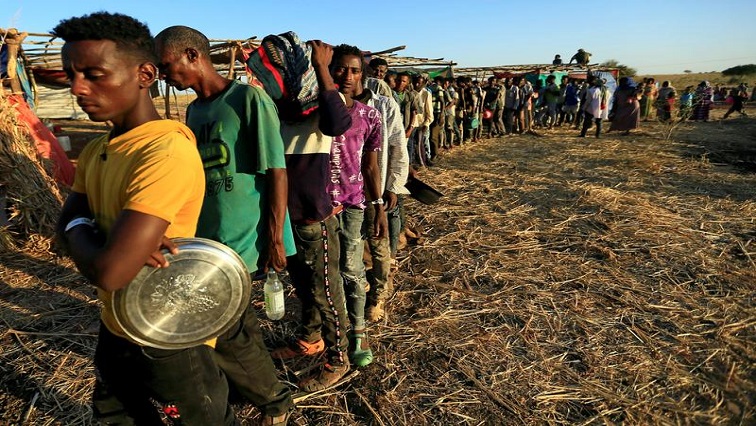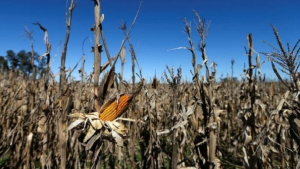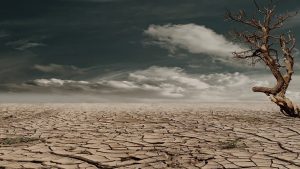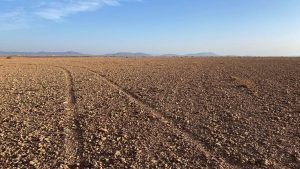The drought situation in the Horn of Africa is now sitting on the brink of catastrophe, while a narrow window remains open to avoid a worst-case scenario. That’s the view of a senior official with the Food and Agriculture Organisation (FAO) with as many as 14 million people in Kenya, Somalia and Ethiopia facing high levels of acute food insecurity because of poor rainfalls.
The region is experiencing its driest conditions recorded since 1981 that has had a devastating impact on farming while forecasts for rain in the weeks and months ahead remain below average.
A team from the FAO recently concluded a visit to northern counties in Kenya- part of a region where an extended multi-season drought has caused crops to wilt and animals to weaken, fueling resource-based conflicts as competition for water and pastural lands increases.
Rein Paulsen, the Director of Emergencies and Resilience at the FAO explains.
“We’ve been sounding, as FAO together with partners, the alarms since the middle of last year about how the situation was unfolding. And we are most definitely now sitting on the brink of catastrophe. We have a window to the middle of this year, to June, which is a very time-sensitive, narrow window for urgent actions to scale up to prevent a worst-case scenario. Agriculture needs a lot more attention. It’s central to the survival of drought-affected communities.”
Devastating drought leaves millions on the verge of starvation in Kenya
Concerns are mounting that the region will not receive adequate rains in the months ahead through May after extremely poor short rains in the latter parts of last year. The FAO points to a region that has been gripped by a succession of challenges from desert locust swarms, COVID-19 to severe shocks due to climate change.
“This is very much the situation as we face it now. Time is running out. We have this window through to June. We need to keep a close eye on what happens with the long rains, and above all, we do need support on an interagency basis for the actions that FAO and other partners are putting in place in support of governments. So very, very concerning situation,” says Paulsen.
The FAO says it needs $130 million to fund operations in the region through June, stressing that the mistakes made in response to the Somali drought of 2011 that claimed up to 260 000 lives, could not be repeated. Paulsen called for right set of actions to be implemented as they seek funding to provide cash for people to buy food, for keeping livestock alive while providing drought-resistant seeds in order to allow farmers a better chance to secure harvests moving forward.
“Drought response, preventing famine, requires the right set of actions implemented at the right time in a drought cycle. And it is absolutely indispensable that we have joint multisectoral interventions across four key life-saving sectors: food security, nutrition, water and sanitation, and health. And all of them need to go together if we are going to prevent a desperate situation from unfolding. They have a multiplier effect on each other in a positive sense,” says Paulsen.
Paulsen also said it was quite traumatic to see both communities and farmers tending to their livestock as they were dying by the side of the roads. He said northern Kenya alone had seen 1.4 million livestock die at the end of last year while across the border in Ethiopia, almost 250 000 livestock perished as a result of the drought.
The World Food Programme also launched a Horn of Africa Appeal last week, seeking some $327 million to help feed 4.5 million people over the next six months.
[Sensitive visuals warning] Kenya, Somalia, and Ethiopia in urgent need of food assistance





